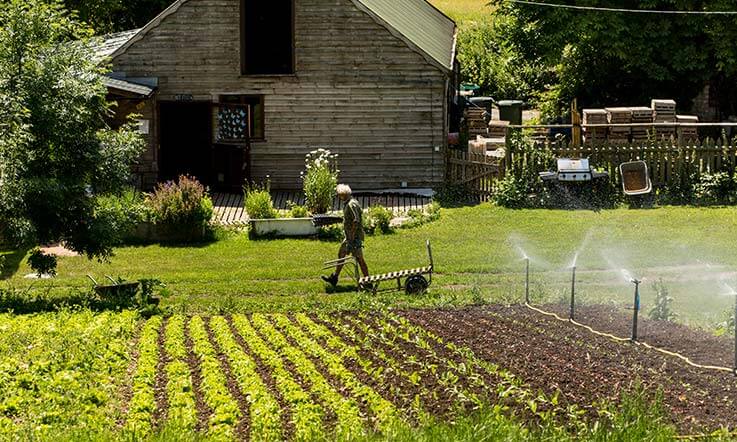This National Hedgerow Week, new research commissioned by CPRE, the countryside charity, reveals which parts of England would benefit most from the creation of new hedgerows. Seven out of the eight areas with the highest hedgerow priority scores are in the northern half of the country. CPRE is calling on the government to target these areas to help deliver its commitment to create or restore 30,000 miles of hedgerow by 2037.
The analysis, conducted by the Organic Research Centre (Aiming high for hedgerows), considered historical hedgerow cover, the condition of existing hedgerow networks and levels of ongoing government support. Specially developed mapping techniques were used to identify areas with the most suitable habitat for hedgerow creation and restoration.
The areas that scored highest against all priority criteria are:
The new research also revealed a significant loss of hedgerow coverage from historical levels across two thirds of the country. Despite this, almost half of England has seen some degree of hedgerow improvement or creation. This is a testament to the efforts of farmers, landowners and community groups including those funded by the CPRE Hedgerow Heroes project, which has worked with CPRE branches across England to restore 47 miles of hedgerow in the past three years.
Hedgerows have huge positive impacts on the environment. Previous research has demonstrated their role in reducing water pollution, improving soil quality, mitigating climate change, managing water flow and providing crucial habitat corridors for wildlife.
CPRE is calling on the government to:
Emma Marrington, CPRE landscape enhancement lead, said: ‘Hedgerows are icons of the English landscape and such an important part of the nation’s heritage. Whether in the countryside, towns and cities, people love the sights and sounds of hedgerows near home.
‘This is why it’s so important for the government to deliver on its ambitious hedgerow targets. CPRE hopes that this exciting research will help inform where hedgerows across the country could be planted, restored and rejuvenated. Improving our network of hedgerows is a win for the environment, wildlife and the climate.’
You can read the summary report here, and read the full report here. For a quicker read, check out CPRE’s explainer, which explores the key facts from the report.
